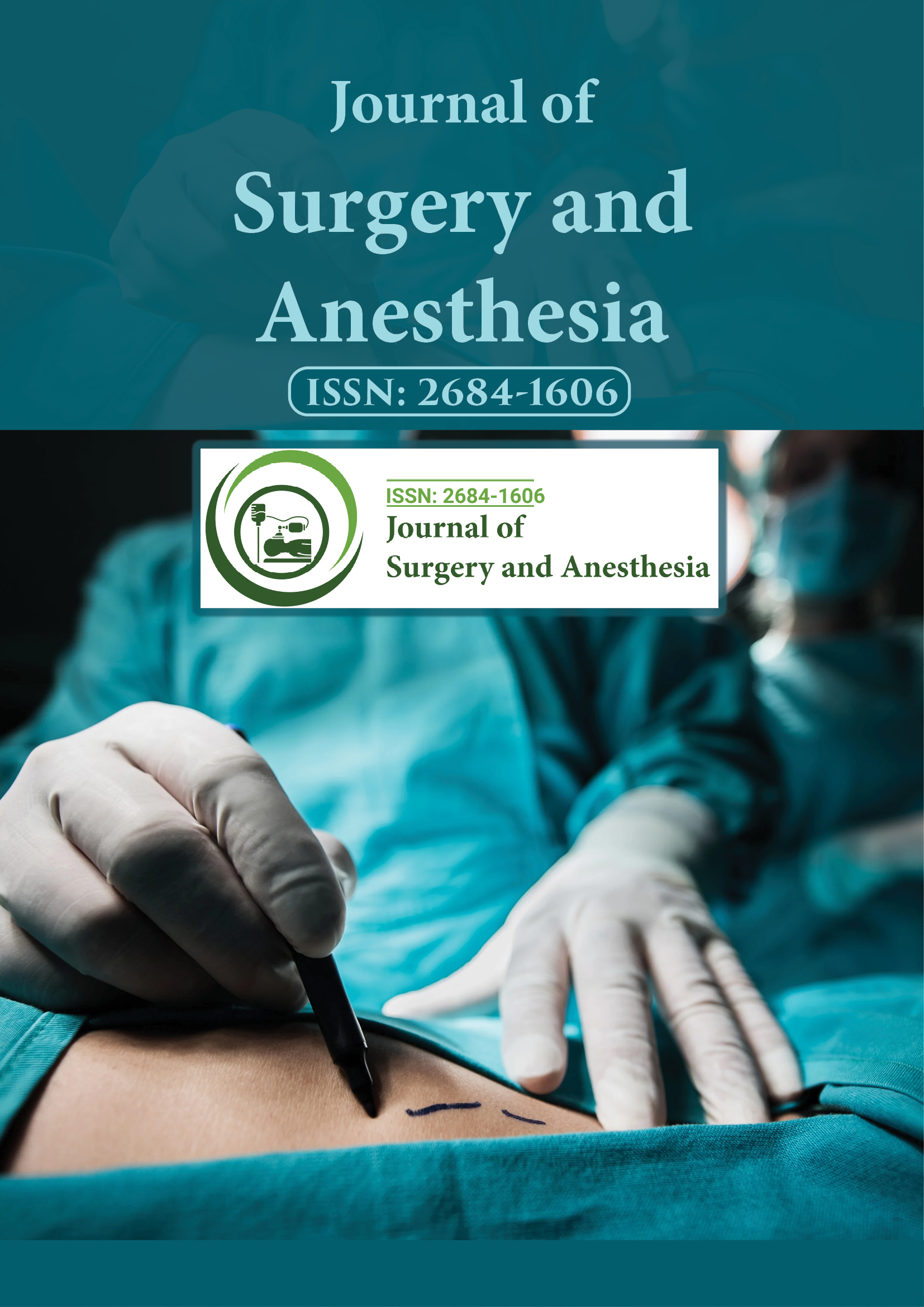Indexed In
- Google Scholar
Useful Links
Share This Page
Journal Flyer

Open Access Journals
- Agri and Aquaculture
- Biochemistry
- Bioinformatics & Systems Biology
- Business & Management
- Chemistry
- Clinical Sciences
- Engineering
- Food & Nutrition
- General Science
- Genetics & Molecular Biology
- Immunology & Microbiology
- Medical Sciences
- Neuroscience & Psychology
- Nursing & Health Care
- Pharmaceutical Sciences
Managing probable post electrochemotherapy(ECT) tumor lysis syndrom (TLS) and acidosis in patients with large size cancer tumors
International Conference on Surgery and Anesthesia
November 16-17, 2023 | Paris, France
O. Nabavian
University of Tehran, Iran
Keynote: J Surg Anesth
Abstract:
ECT is a recently introduced method entered in to clinical guidelines for inoperable superficial cancer tumors . The mechanism of action is nano pore formation in cell mebrane due to applied pulse electric field (in the range beween 400-1000 V/Cm and frequency of about 5KHz) with time duration of 0.1mSec. Although theresults of the treated cases by ECT (e.g. melanoma, BCC, SCC , superficial Sarcoma and subcteaneous metastasis of breast Carcinoma) showed impressive curative and palliative responses , some concerns must be considered before wide entrance of this method in the clinics. One of these alarms is managing the post ECT necrosed large tumors to prevent from tumor lysis syndrome (TLS) and acidosis. In treating large tumors (> 5×5×5 cm3 in total dimension) by ECT, fast necrosis of treated masses would be occurred because of eefective response of the tumor and vascular cells (in tumor ambient) to bleomycin entred by electropration. TLS and blood acidosis can happen from 1 up to 10 days after the therapy. Here we investigated 6 ECT cases with large carcinoma and sarcoma tumors and administered serum therapy (Hydration by N.Saline 1 litt. PD for 4 days ); and Alloporinol 100mg (1#PD for 10 days) while recording their vein blood gas (VBG) in the periods of 2 to 10 days after ECT near checking kidney and liver functions (serological tests). Results showed no induced acidosis or any related adverse effects (such as rised Uric Acid) while observable dry necrosis and wide crust were formed all over the tumor. In our point of view, time and type of the assays for checking TLS and acidosis,drugs or serums administration to manage probable TLS and acidosis must be deeply investigated as one of the important functions to clinically extend the application of ECT. Moreover, the reults must be reported in epidemiological manner. A suitable guideline may be a solution to treat large-size tumors with ECT while preventing acidosis. This program is under progress in our group.
Biography :
Dr. O. Nabavian is a researcher affiliated with the Nano Bioelectronics Devices Lab within the Cancer Electronics Research Group at the University of Tehran's School of Electrical and Computer Engineering. With a focus on the intersection of bioengineering and oncology, Dr. Nabavian’s work specializes in managing complex cases of tumor lysis syndrome (TLS) and acidosis following electrochemotherapy (ECT) in patients with large cancerous tumors.In collaboration with the Cancer Institute at Imam Khomeini Hospital, Tehran University of Medical Sciences, Dr. Nabavian is deeply involved in advancing techniques to mitigate ECT-related complications and improve patient outcomes. Through innovative approaches, Dr. Nabavian contributes to a multidisciplinary understanding of TLS, aiding in the development of more effective cancer therapies that address the unique metabolic challenges faced by oncology patients.
